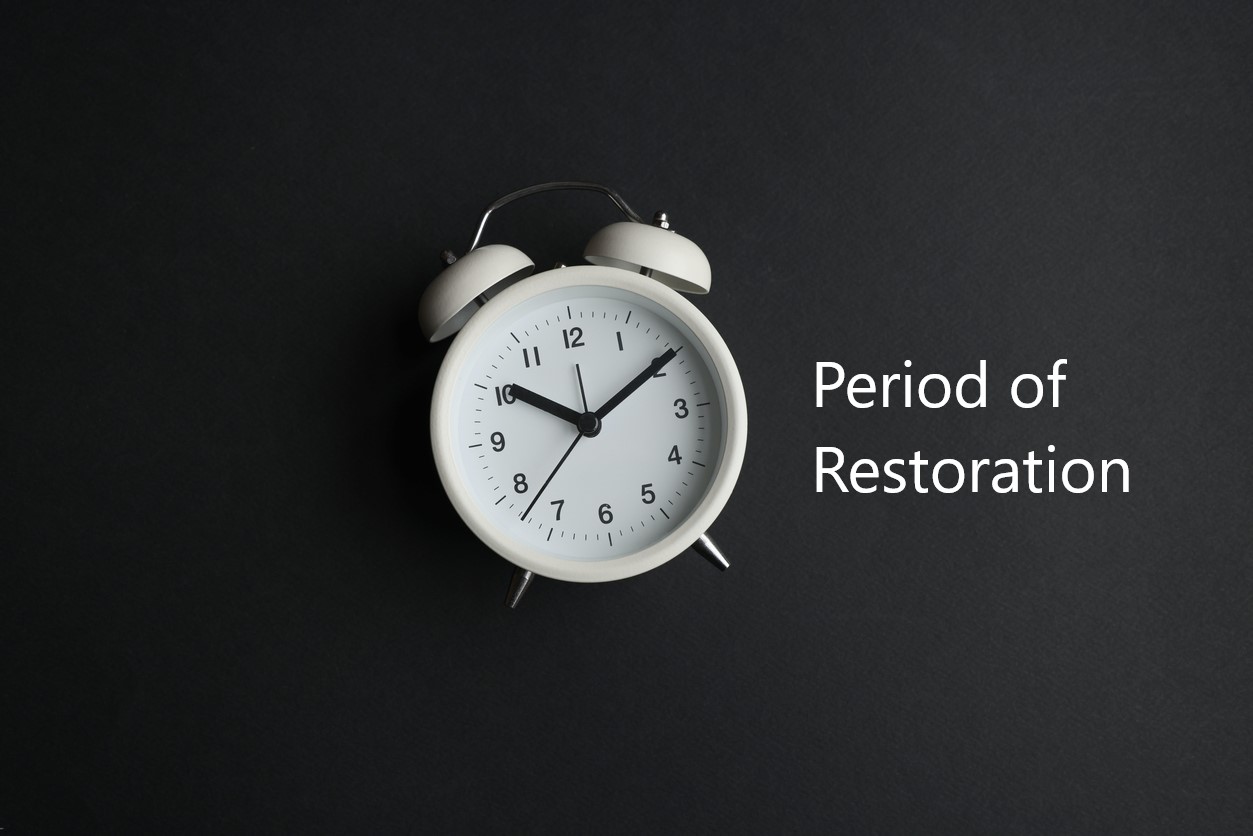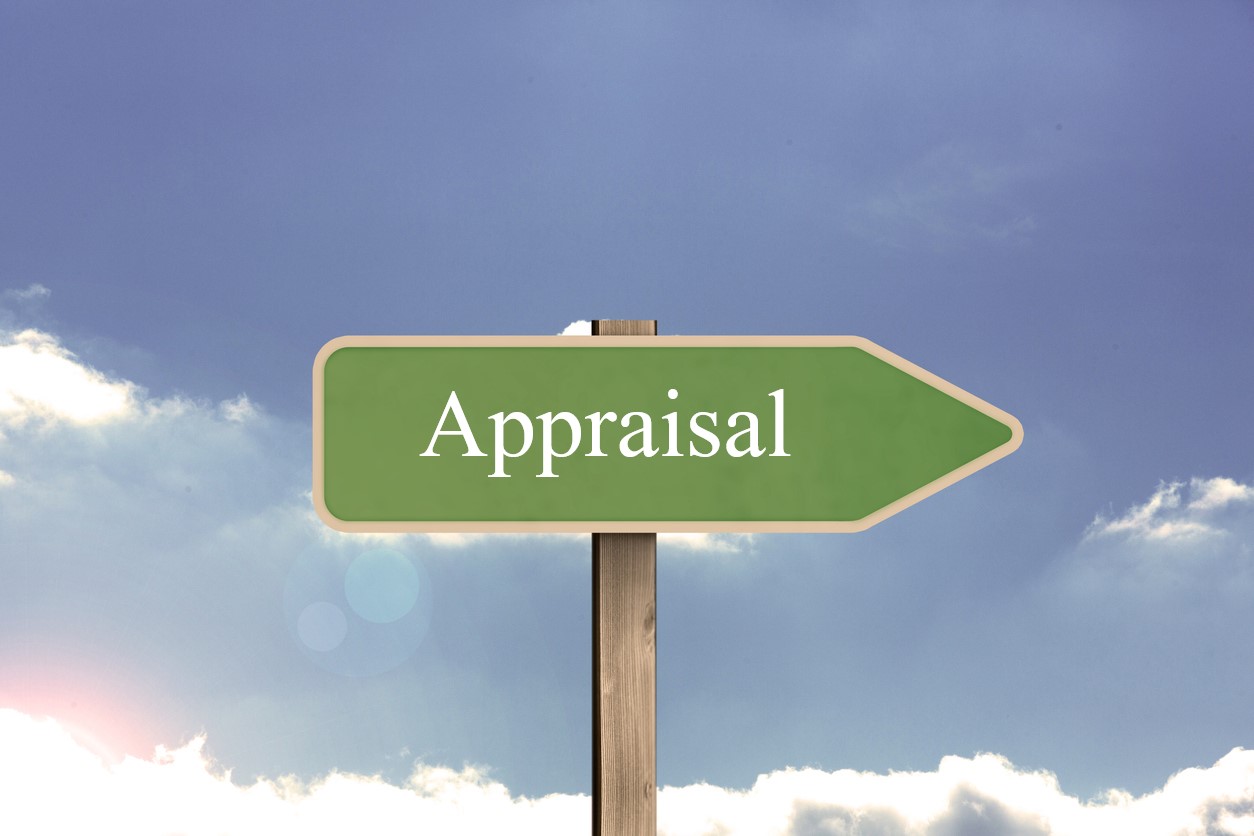In my last post, I wrote about my trip to Oklahoma and the opportunity to help victims of devastating hail storms and catastrophic tornadoes. One of the major reasons litigation is the most viable option in these claims is because many of the policies at issue include a non-binding appraisal provision. Here is an example that I pulled from a policy’s Oklahoma Changes—Appraisal Endorsement IL 01 74 07 05:
APPRAISAL
If we and you disagree on the value of the property or the amount of loss ("loss"), either party may make written demand for an appraisal of the loss. In this event, only the party which demanded the appraisal will be bound by the results of that appraisal.
If the policyholder demands appraisal and gets a favorable result, the carrier is not obligated to pay the award as the non-invoking party. It is simply a one-way street. Many of these claimants have residential damages totaling less than $15,000. The carriers are banking on attorneys not getting involved because of the size of the claims.
I am an advocate for the appraisal process because it is the most efficient avenue to restore policyholders under duress to their pre-loss condition. In the vast majority of these Oklahoma hail and tornado claims, the carriers recognized coverage and the only issue remaining is a dispute over the amount of the loss. Surely carriers will argue they are only acting within the boundaries of Oklahoma law. However, insurers that choose to use this endorsement are dissuading use of the most effective alternative dispute mechanism for the parties to resolve the claim, and encourage litigation by failing to pay what is owed and then providing the insurer an out if it does not like the award issued by a neutral third-party umpire.
Seeing the damaged homes with tarps on their roofs and businesses that are still not fully operational as a result over a disputed amount of loss is heartbreaking. Some carriers chose not to include this amendatory endorsement and are bound by the appraisal process. These select carriers made a choice and that choice was to provide a mechanism to restore their policyholders quicker and more efficiently. These select carriers also highlight the carriers that fail to provide their policyholders with the same option.




